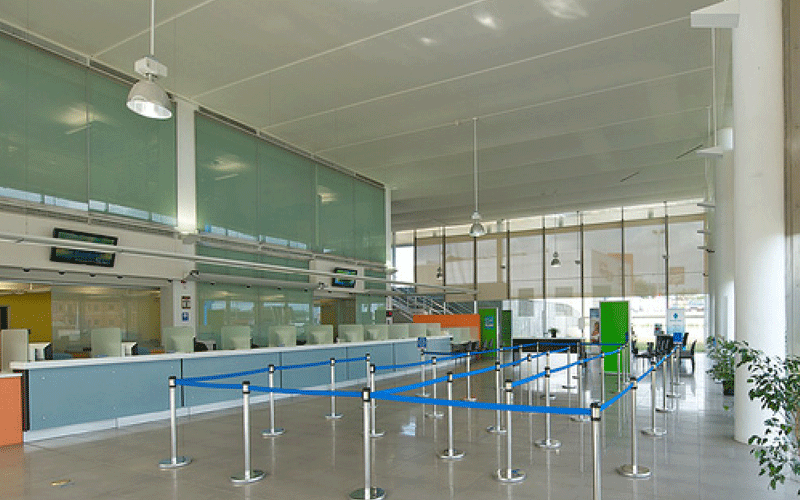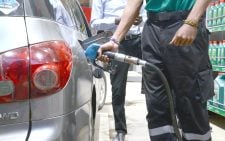Region on debt distress alert – African Development Bank

Kenya is among the countries struggling with debt distress within the Eastern Africa and Indian Ocean region.
The others are Ethiopia, Burundi, South Sudan and Djibouti who are at a high risk of debt distress due on sharp increase in loan service burden.
A report by African Development Bank (AfDB) dubbed East Africa Economic Outlook 2021 covering 13 countries, the surge in public debt is worrying with Somalia, Sudan and Eritrea already in deep debt distress.
The report says between 2019 and 2020, debt to gross domestic product (GDP) ratio for Kenya increased by 75 per cent, while Sudan’s ratio soared by over by 250 per cent, followed by Eritrea at 200 per cent, while Seychelles doubled with while Burundi recording ratios slightly above 75 per cent.
National Treasury data indicates that Kenya’s overall public debt increased from 48.6 per cent at the end of 2015 to an estimated 69 per cent of GDP in 2020.
As of September 2020, Kenya’s external public debt was 51.4 per cent of its total debt stock of Sh7.1 trillion.
Economic performance
AfDB reviewed the economic performance of Burundi, Comoros, Djibouti, Eritrea, Ethiopia, Kenya, Rwanda, Seychelles, Somalia, South Sudan, Sudan, Tanzania, and Uganda.
It called for better economic governance to stabilise and reduce what the report termed “the public burden of East Africa”.
Nnenna Nwabufo, AfDB Director General for East Africa observed tha while other regions in the world struggled with recession, East Africa escaped the economic slump in 2020 due to impressive performance in some economic sectors.
For instance, impressive performance was registered in agriculture, sustained public spending on large infrastructure projects, and increased regional economic integration.
He however warned that political fragility in some countries and limited economic diversification in others remain major impediments to growth.
Other risks include limited economic diversification and over-reliance on largely unprocessed commodity exports.
AfDB estimates that the region’s economic growth is expected to recover to an average of 4.1 per cent in 2021 and further to 4.9 per cent and 5.6 per cent in 2022 and 2023 respectively, from the 0.4 per cent posted in 2020.
The report which was themed economic recovery of the region will be driven by sustained public spending on infrastructure, improved performance of the agricultural sector, and increased regional economic integration.
However, the slow rollout of COVID-19 vaccines and risks of spikes in infections could dampen that outlook.
Impact on the poor
The slowdown in 2020 was driven by Covid-19-containment measures such as lockdowns and curfews and reduced external demand for exports of raw materials and lower tourism inflows.
The pandemic has had heavier impacts on poor people, with the number of those falling below the poverty line projected to increase.
The share of East Africans living in extreme poverty rose to 35 per cent in 2021, equivalent to 134.3 million people.
And some 12.3 million people in the region—3.4 per cent of the 2019 population—drifted into extreme poverty due to Covid-19 and its aftermath.












